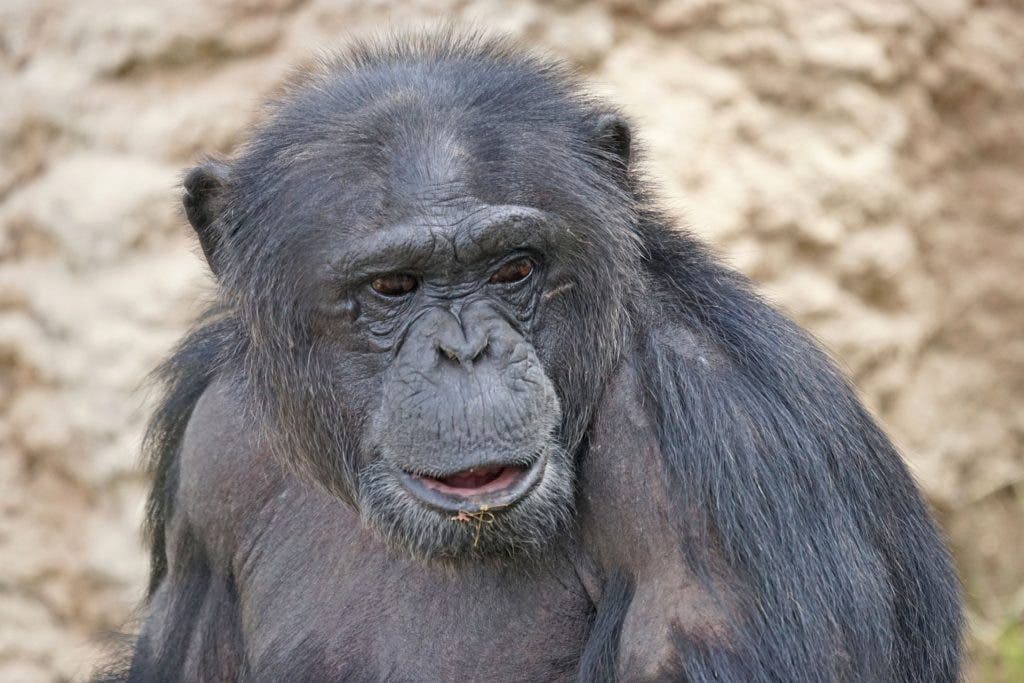
Ever confident in our superiority, we thought only humans are capable of inferring what’s in another person’s head. This highly sophisticated ability is crucial to any functioning complex society because we need not only understand what a person tells us, but what their thoughts are as well. This is largely known in science as the theory of the mind, but a group of inventive researchers from Japan showed apes are quite capable of recognizing the desires, beliefs and internal thoughts of others — even if these beliefs are false. And it took a guy dressed up as King Kong to prove it, too.
I know what you’re thinking
Not until long ago, research suggested that infants were incapable of recognizing false beliefs in others which ingrained the impression that apes, often seen at the same level of intelligence as a toddler, are also incapable of wrapping their heads around the concept. But then in 2007, a groundbreaking study showed that four-year-old infants can do it too — we just had to look closer.
The researchers remade a famous experiment known as the Sally-Ann test which involved two dolls: Sally has a basket in front of her, while Anne has a box. Children first watch Sally put a block inside her basket, then after Sally leaves Ann comes into the picture and moves the block. As early as four years old, children know which container Sally will look for her block, in this case the basket, even though they recognize it’s the wrong place to look for. Later, researchers showed that children as young two years old could do the same using eye-tracking technology because infants couldn’t voice their thoughts.
Inspired by this technique, Japanese also used eye tracking on 41 chimpanzees, bonobos, and orangutans who were treated to a Charlie Chaplin-like show. The apes were shown a series of videos in which two humans, one normal looking and the other dressed like a gorilla, were involved in various scenarios that mirrored the Sally-Ann test. For instance, in one video, the human and the King Kong impersonator are shown having a sort of fight. The human leaves the scene and King Kong hides in one of two haystacks. After the human comes back, he whacks a stick on one of the two stacks to smoke out his nemesis.
“For humans, these scenes look silly, almost like Charlie Chaplin scenes. But for apes, it’s a novel social conflict,” says Christopher Krupenye, one of the lead authors of the new study.
In another similar experiment, the apes saw King Kong hide a rock in one of two boxes from the human. Using infrared eye-tracking cameras, the researchers from Kyoto University’s Kumamoto Sanctuary in Kumamoto could see where the apes anticipated the human he would look after King Kong.
In both cases, the apes correctly anticipated the person’s target even when the person was wrong. Not all apes got it right, but most of the time they looked in the right direction than in the wrong one. “It’s a pretty shocking result,” says cognitive psychologist Laurie Santos at Yale University in New Haven, Connecticut, citing results which previously drew the opposite conclusion.
Admittedly, the apes may have followed an abstract knowledge rule — namely that people look for objects in the last place they saw them — but the findings are definitely exciting.
“This is a first study that will hopefully energize interest in the topic,” says Krupenye.






